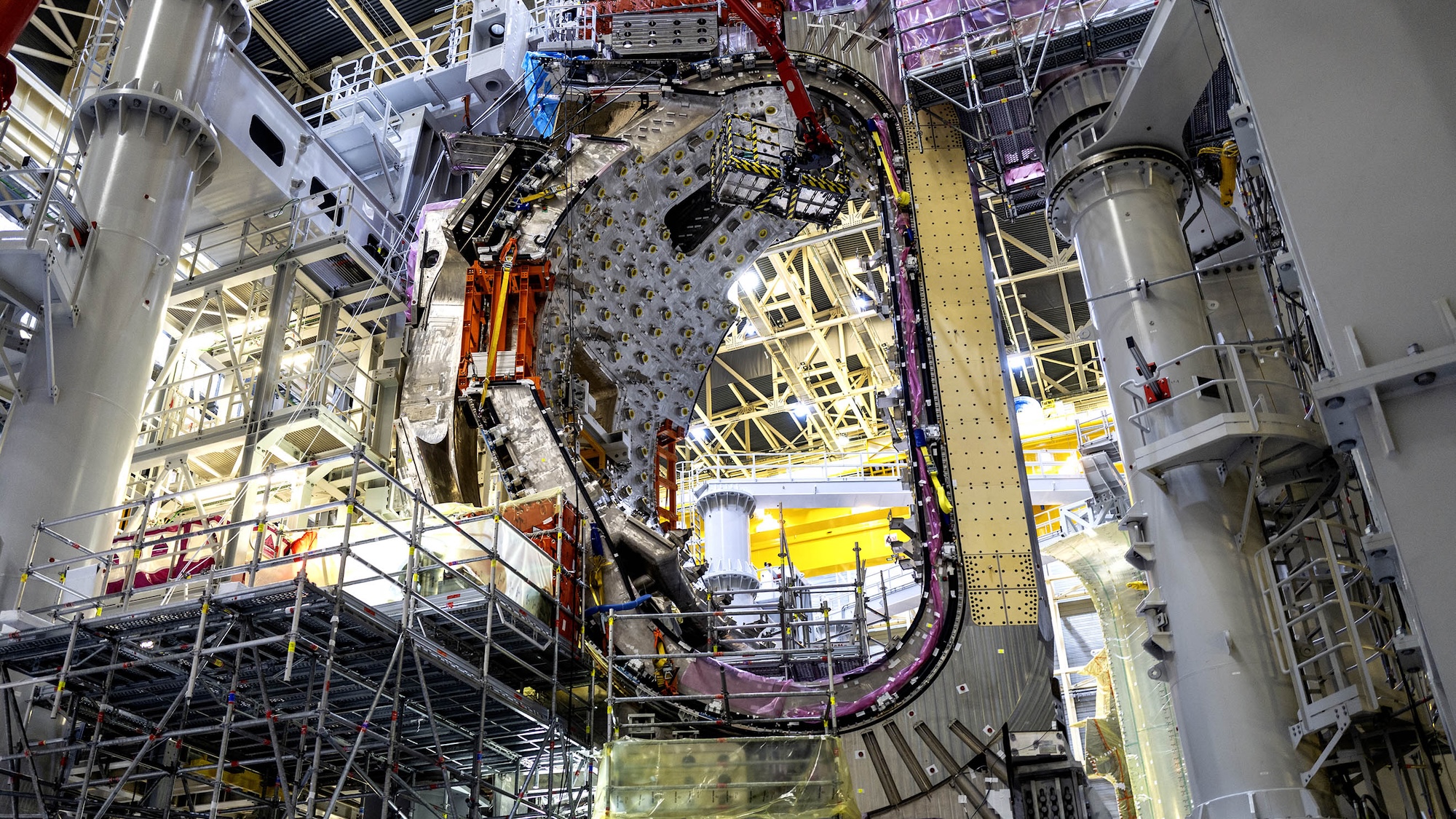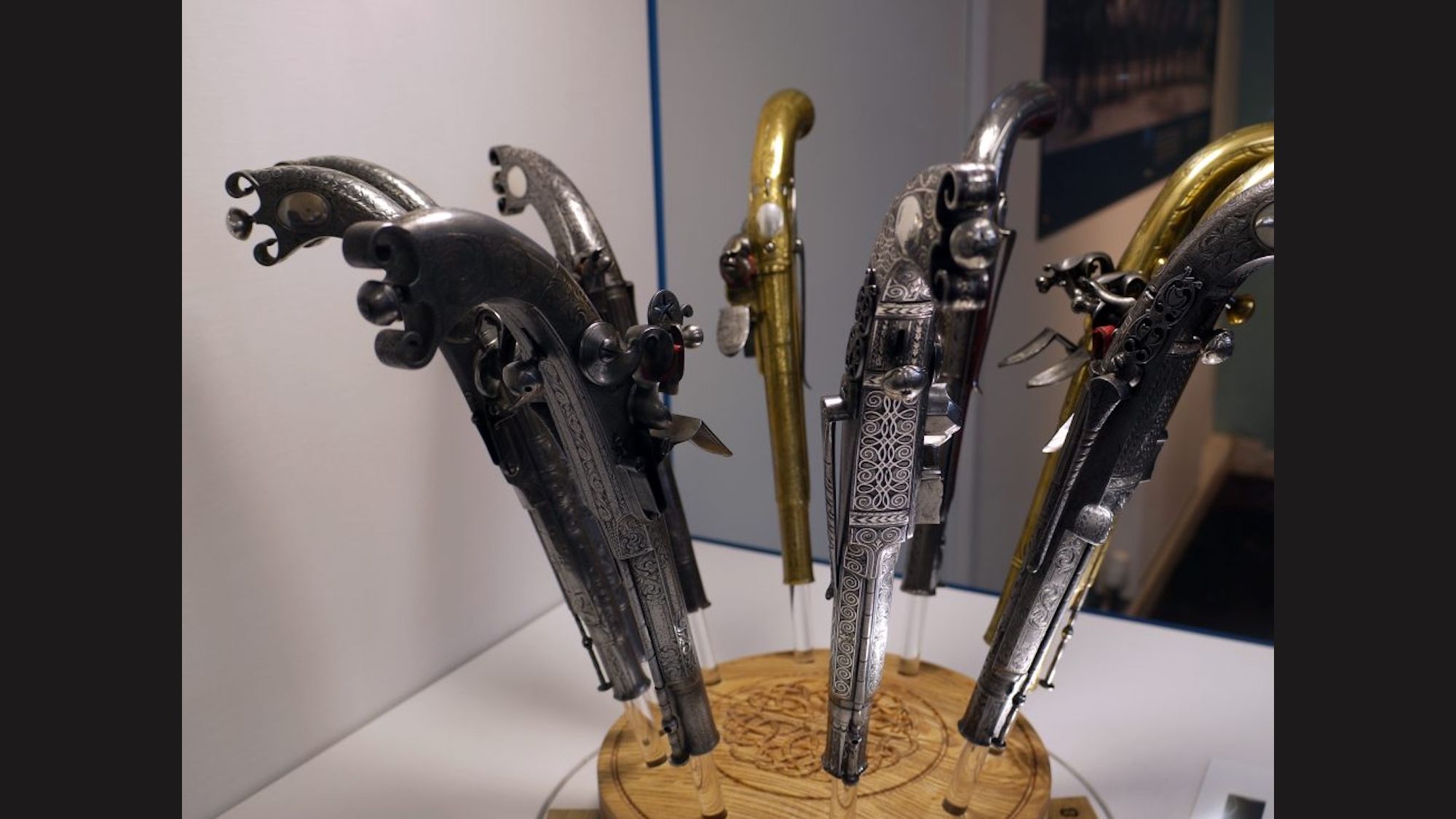Now Reading: New Fusion Reactor Magnet Can Lift 10 Monster Trucks
-
01
New Fusion Reactor Magnet Can Lift 10 Monster Trucks
New Fusion Reactor Magnet Can Lift 10 Monster Trucks

Quick Summary
- The ITER (International Thermonuclear Experimental Reactor) facility in southern France is close to completing the world’s largest and most powerful superconducting electromagnet, known as the Central Solenoid magnet system.
- The magnet system consists of six modules and weighs nearly 3,000 tons. Once assembled, it will generate immense magnetic energy, strong enough to lift heavy objects like a 112,000-pound aircraft carrier.
- ITER aims to demonstrate nuclear fusion as a commercially viable energy source by using deuterium and tritium hydrogen gas fuel. It promises limitless clean energy through self-sustaining “burning plasma.”
- Expected reactor output: 500 megawatts of fusion power from just 50 megawatts of input heating-significantly more efficient than conventional nuclear fission reactors.
- Final installation phases are ongoing; testing is expected no earlier than 2033 due to delays caused by logistical challenges, geopolitical shifts, and financial constraints.
- ITER director general Pietro Barabaschi emphasizes global collaboration on existential challenges such as climate change and energy security in statements about the project’s meaning.
Indian Opinion Analysis
The ITER project is a milestone in scientific cooperation across nations. While India actively contributes personnel and expertise to this global initiative alongside countries like China, Russia, the United States, EU members, and others involved in reactor construction efforts-the delayed timeline highlights meaningful barriers common with projects of unprecedented scale. For India specifically-which faces steep electricity demands coupled with pollution concerns-successful advancements at ITER could provide an opportunity to integrate nuclear fusion technology into domestic strategies for sustainable growth eventually.
If achieved as planned by mid-century decades down-the-line stable/cheap endless-energy reducing reliance costing-import fuels shifting toward tech-exporting progress-align long aspirational roadmap investments steps early-directed positions evidently desirable paths



























